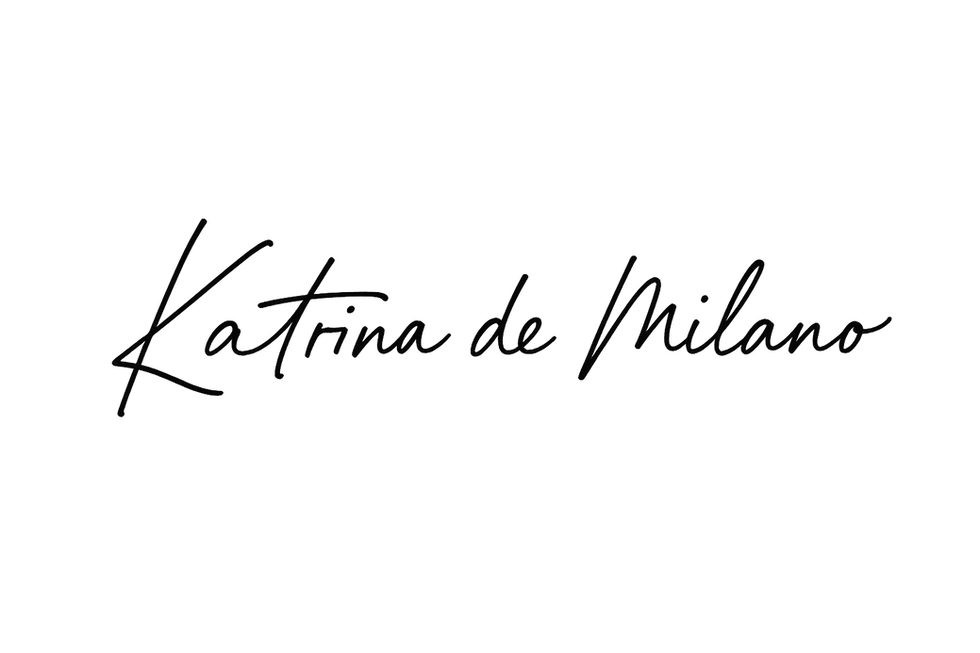🦸🏻♀️ How to Write a Realistic Female Protagonist (with Examples from My Novel)
- Katrina De Milano

- 11 июн.
- 3 мин. чтения
Not just strong — human, haunted, unforgettable female protagonist
Every story needs a heart.
And sometimes, that heart walks into the first chapter quiet, guarded, and burning with something she can’t name yet.
A great female protagonist doesn’t have to be likable.
She has to be real.
And the deeper you write her — contradictions, instincts, flaws and fire — the more your readers will follow her anywhere.
Let’s explore how to build her.
🌱 1. Don’t write “strong.” Write true.
“Strong female character” used to mean a girl who could throw a punch and never cry.
Now we know better.
Start here:
What does strength mean to her?
For Emma Culligan, strength isn’t loud.
She’s not trying to save the world — just stay afloat in hers.
After losing her parents and being thrown into a new life, her strength is getting up, going to class, drawing when it hurts, and still asking questions when every answer terrifies her.
Let her decide what strength means — and let that definition change over time.
❤️ 2. A real heroine wants and fears
Give her a desire. Give her a wound.
And watch how they fight each other on the page.
Emma wants the truth.
But part of her is terrified of what she’ll find — about her family, about the Blackborn brothers, and most of all, about herself.
When a character longs for something and fears it at the same time — that's where the tension lives.
🧠 3. Let your female protagonist act, not just exist
Characters are built through what they do when it matters.
Emma says she wants to be invisible.
But she stands up to Sebastian in the hallway. She lets Eli into her life even when she doesn’t trust him. She paints a dead girl’s face before she understands who it is.
She makes choices.
Sometimes reckless. Sometimes brave. But always hers.
Don't tell us she's smart, or quiet, or fierce.
Show us in how she moves, lies, breaks, forgives, resists.
🌸 4. Her appearance should reveal something inside
It’s not about how “pretty” she is. It’s about what her appearance means to her.
Emma hides her heterochromia with contact lenses.
She doesn’t just cover her eyes — she hides her difference, her past, her connection to something she doesn’t understand.
And when she removes them, it's more intimate than any kiss.
That’s how physicality becomes emotional.
🧩 5. She doesn’t have to be soft or hard. She has to be herself.
Emma isn’t always likable.
She lashes out. She runs away. She lies to her friends.
But we stay with her — because we understand why.
Because she’s trying. Because she’s still learning what it means to let people in.
Your heroine can be tender or cold, hopeful or numb, loud or watchful — but whatever she is, she must be honest.
✍️ 6. Try asking these as you write her:
What memory does she return to when she’s scared?
Who is the first person she ever trusted — and what happened next?
What does she believe that no one else does?
What makes her angry — truly, irrationally angry?
What part of herself does she hate? What part is she still discovering?
💬 Your Turn
Who’s the most unforgettable heroine you’ve ever written — or read?
What made her breathe off the page?
Let’s stop writing women the world expects —
and start writing the ones who change our world first.







Comments